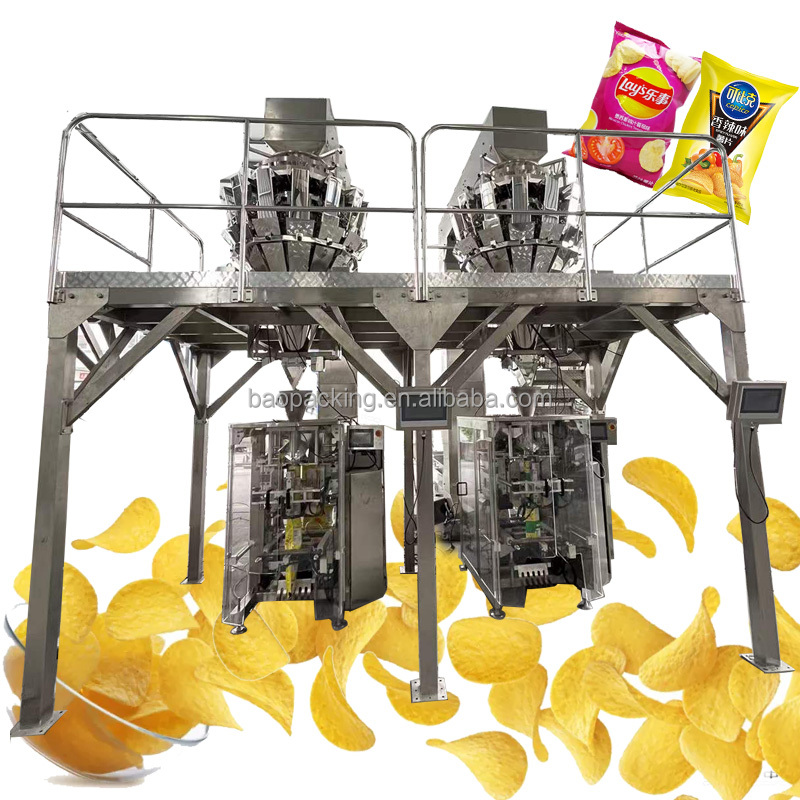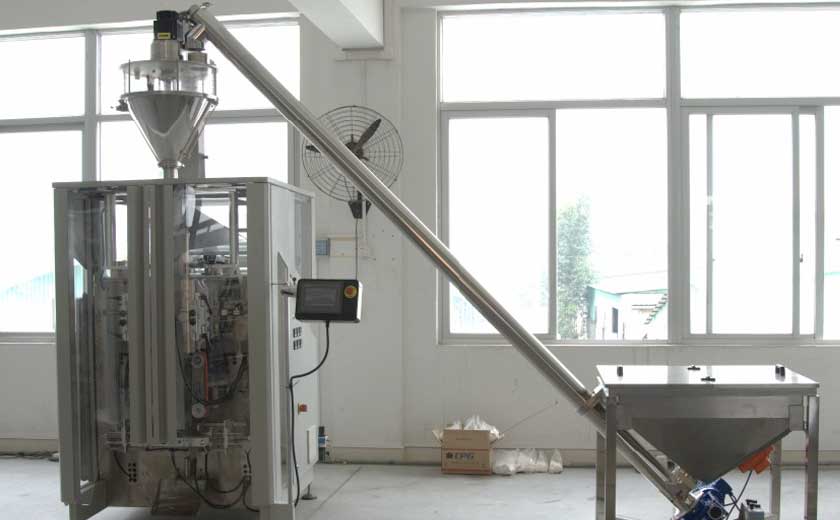Maximizing Efficiency with Liquid Sachet Packing Machines A Complete Guide
Maximizing Efficiency with Liquid Sachet Packing Machines: A Comprehensive Guide
In today’s fast-paced business environment, efficiency is paramount. This is especially true in the packaging industry, where time and cost savings are essential for maximizing profitability. Liquid sachet packing machines play a crucial role in this regard, as they offer a highly efficient and cost-effective solution for packaging liquid products in single-serve sachets. This comprehensive guide will delve into the various aspects of maximizing efficiency with liquid sachet packing machines, providing valuable insights to enhance your packaging operations.
Optimizing Machine Capabilities
Maximizing the efficiency of liquid sachet packing machines begins with optimizing their capabilities. This involves carefully evaluating the machine’s specifications and ensuring it is well-suited for your specific packaging requirements. Consider the following factors:
1. Speed and Output: Choose a machine that can meet your desired production targets without compromising quality. Factors like filling speed, cycle time, and output capacity should be carefully considered.
2. Product Compatibility: Ensure that the machine is designed to handle your specific liquid product. Different liquids may have varying viscosities, temperatures, and other properties that require specialized equipment.
3. Sachet Size and Material: The machine should be able to produce sachets in the desired size and material. Consider the product’s shelf life, packaging requirements, and consumer preferences.
4. Automation and Integration: Look for machines that offer automation features, such as automatic feeding, heat sealing, and date coding, to reduce manual labor and increase efficiency. Seamless integration with other packaging equipment is also desirable.
Maximizing Machine Utilization
Once you have the right machine, it is crucial to maximize its utilization to extract the best value. This involves optimizing the production process and reducing downtime. Key strategies include:
1. Scheduled Maintenance: Regular maintenance is essential to keep the machine running at peak efficiency. Follow the manufacturer’s recommended maintenance schedule to minimize breakdowns and extend the machine’s lifespan.
2. Operator Training: Properly trained operators are essential for maximizing machine utilization. Ensure that operators are familiar with the machine’s operation, troubleshooting procedures, and safety protocols.
3. Process Optimization: Analyze the packaging process and identify areas for improvement. Consider factors like material loading, sachet formation, filling accuracy, and sealing efficiency to enhance overall productivity.
4. Minimizing Downtime: Quick and efficient troubleshooting is crucial for minimizing downtime. Keep essential spare parts on hand and train operators on basic troubleshooting techniques to handle minor issues promptly.
Selecting the Right Packaging Materials
The choice of packaging materials can significantly impact the efficiency of liquid sachet packing machines. Consider the following factors:
1. Sachet Material: The sachet material should be compatible with your product and provide adequate protection against external factors like moisture, oxygen, and contaminants. Common materials include polyethylene, polypropylene, and laminated composites.
2. Sachet Thickness: The thickness of the sachet material should be optimized to achieve the desired balance between strength and material consumption. Thicker sachets provide better protection but may increase packaging costs.
3. Ink and Printing: Consider the printing requirements for your sachets, such as brand logos, product information, and legal compliance. Choose high-quality ink that will remain legible and durable throughout the shelf life of the product.
4. Dispenser Design: The dispenser design can influence the ease of use and consumer experience. Options include tear notches, spouts, or perforated openings, each with its own advantages and disadvantages.
Mitigating Product Loss and Waste
Reducing product loss and waste is essential for maximizing efficiency and profitability. Here are some strategies:
1. Accurate Filling: Precision filling systems help minimize product giveaway and ensure consistent sachet weights. Consider using volumetric or gravimetric filling methods to achieve high accuracy.
2. Efficient Heat Sealing: Proper heat sealing is vital for preventing product leakage and contamination. Optimize sealing temperature, pressure, and dwell time to create strong, hermetic seals.
3. Sachet Inspection: Implement quality control measures to inspect sachets for leaks, seal integrity, and overall appearance before packaging. This helps identify and remove defective sachets, reducing waste.
4. Spill Containment: Invest in spill containment systems to collect and recycle any product spills or leaks during the packaging process. This promotes a clean and efficient work environment.
Maximizing efficiency with liquid sachet packing machines requires a comprehensive approach that encompasses machine optimization, utilization, material selection, and waste mitigation. By carefully considering and implementing these strategies, organizations can significantly enhance their packaging operations, reduce costs, and improve profitability. Remember to work closely with machine manufacturers and packaging material suppliers to ensure that your equipment and materials are tailored to your specific needs. With a commitment to efficiency, liquid sachet packing machines can become a valuable asset in your packaging line, delivering high-quality, cost-effective, and environmentally sustainable packaging solutions.
-
Overview of Packaging Machine Buying Guides
08-01-2024 -
How Does a Vertical Form Fill Seal Machine Work?
30-10-2023 -
Advancements in Auger Powder Filling Technology
27-10-2023 -
A Deep Dive into Automatic Packaging Machines
26-10-2023 -
The Revolutionary Fully Automatic Potato Chips Packaging Machine
20-09-2023 -
How to choose the right packaging machine?
23-08-2023 -
Reducing Waste And Maximizing Yield With Multihead Weigher Machines
15-03-2023 -
Nuts Packaging Machine for Dry Products Perservation
26-11-2022 -
Is Automated Biscuit Packaging Machine Better Than Manual Opeartion?
25-11-2022













